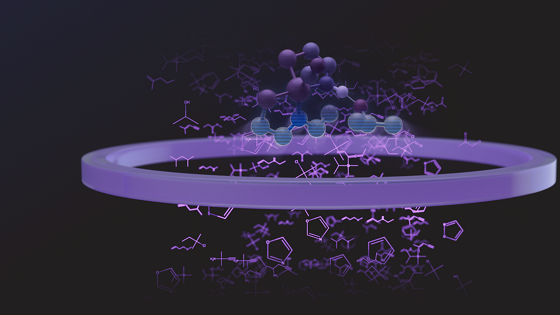
Quantum for chemistry
Most computational chemistry approaches have limited accuracy. At Microsoft, we combine high-performance computing, AI models, and quantum capabilities to achieve highly accurate chemical predictions.
High-performance computing
As a first step, cloud high-performance computing (HPC) is used to run physics-based simulations to calculate energies and other molecular properties. This foundational data is used to train AI models so that they can predict chemical behavior.
AI models require large amounts of training data and there is a tradeoff between the number of HPC simulations performed and the accuracy of the calculated data provided to the AI models.
AI inference
The second step involves AI inference, which is an automated process that uses AI models to perform large numbers of operations and make an initial set of predictions about the rates of chemical reactions and molecular properties such as ground state energy.
This rapid process uses the abundant—but not highly accurate—data provided by HPC simulations in the preceding step. The accuracy of the predictions made by the AI models reflects the accuracy of their training data, so a third step is needed to reduce the errors in the initial predictions so that they approximate actual values.
Quantum refinement
The third step is to use customized quantum algorithms and reliable logical qubits to improve the accuracy of the predictions made by the AI models. The logical qubits are created with Microsoft’s qubit-virtualization system—an integral component of the Microsoft Quantum compute platform—by detecting and correcting the errors inherent in our hardware partners’ physical qubits.
Using these reliable quantum capabilities to fine-tune the AI models is necessary to achieve predictions within chemical accuracy.

Fast and reliable results
HPC, AI, and quantum computing can be used in concert to solve scientific problems faster and more reliably than traditional approaches. As an example, we have demonstrated an end-to-end chemistry simulation that used logical qubits, cloud HPC, and advanced AI models to accurately estimate the ground state energy of the active space of a catalytic intermediate.
To learn how Microsoft orchestrates these technologies, read our technical paper.



